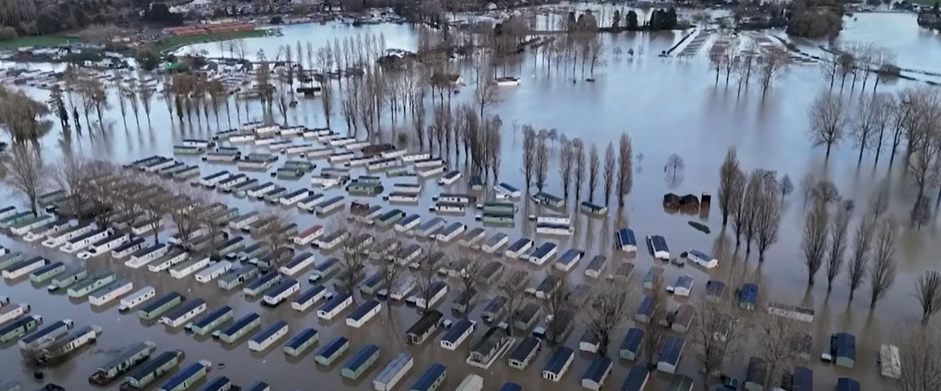-
14:50
-
10:30
-
10:00
-
22:11
-
17:30
-
15:30
-
13:30
-
12:50
-
12:30
Climate Adaptation: A New Approach for 2025
With the UK unlikely to achieve carbon neutrality by 2025, a new strategy is taking shape. Extinction Rebellion’s former goal of zero emissions by 2025 is giving way to a more pragmatic focus on local adaptation and community resilience.
The current climate reality demands a shift in perspective. The UK’s average temperature is now 1.2°C above pre-industrial levels, with a 10–25% higher likelihood of extreme weather events like those seen in 2018.
To address these challenges, the Climate Majority Project has launched the #SAFER campaign (Strategic Adaptation for Emergency Resilience). This initiative emphasizes practical solutions:
- Improving energy efficiency in buildings
Flood-proof urban planning
- Establishing community gardens
- Rainwater harvesting systems
- Local rewilding projects
This shift does not abandon decarbonization but integrates it into a broader resilience strategy. Community engagement is central, encouraging citizens to protect their immediate environments.
The climate movement must now prioritize practical, inclusive actions that involve businesses and individuals alike. This pragmatic approach could strengthen collective climate awareness and accelerate greenhouse gas reductions.
With sea levels in the UK having risen 16 cm since 1900, the urgency to act is clear. It’s time to build local resilience while maintaining the overarching goal of cutting carbon emissions.

